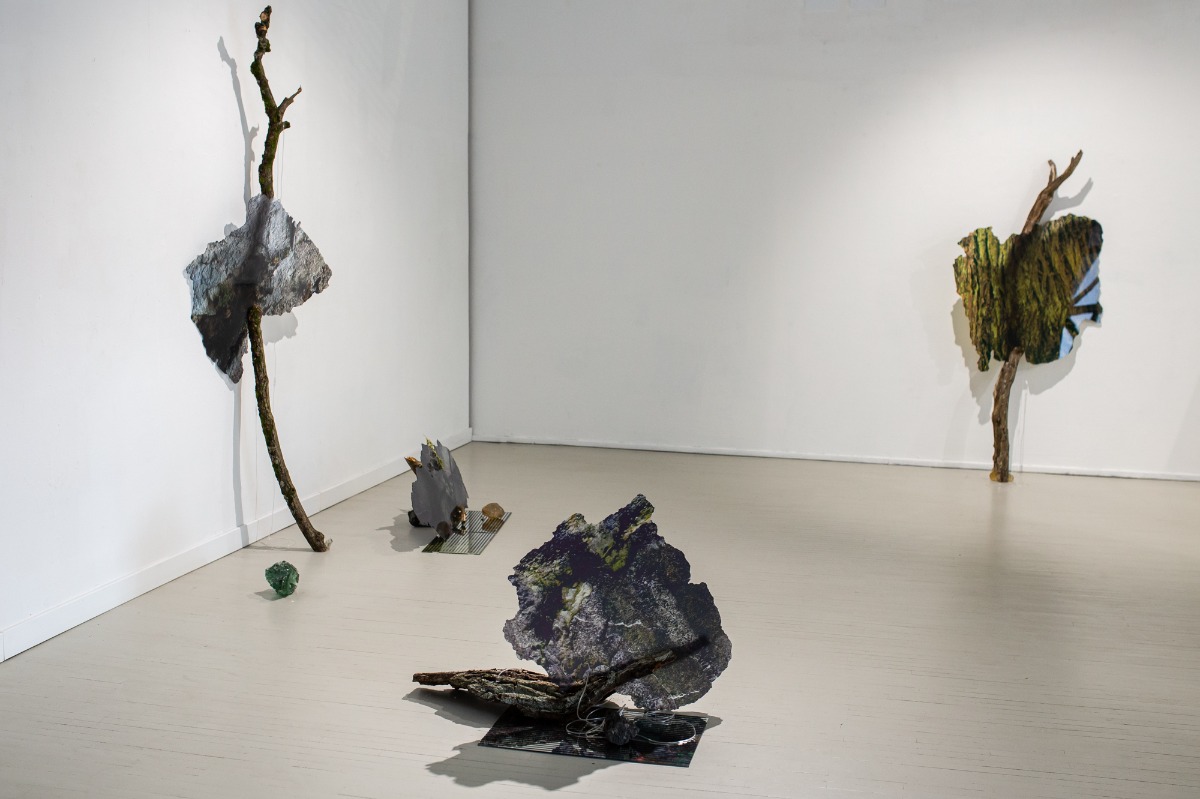
Dust is more than just a physical residue
Marija Griniuk
Review of the exhibition “Dust” at the gallery Meno Parkas in Kaunas
The exhibition Dust by the artists Julija Pociūtė and Tiina Sarapu is on view at the gallery Meno Parkas Gallery (Rotušės a. 27, Kaunas, Lithuania) til 23d of April. Julija Pociūtė is a Lithuanian artist whose mixed media installations challenge the viewer’s perception of reality and illusion. She combines different materials to explore the dualistic and temporary nature of humanity and the influence of memory on the present. Tiina Sarapu is an Estonian conceptual artist who works primarily with glass. Her refined and abstract works often connect with memory images, material culture, and the new normalities of modern society. Her pieces are open to personal interpretation and offer viewers plenty of space for reflection.The exhibition is curated by Karin Paulus.
Photos: Gintare Zeltauskaite
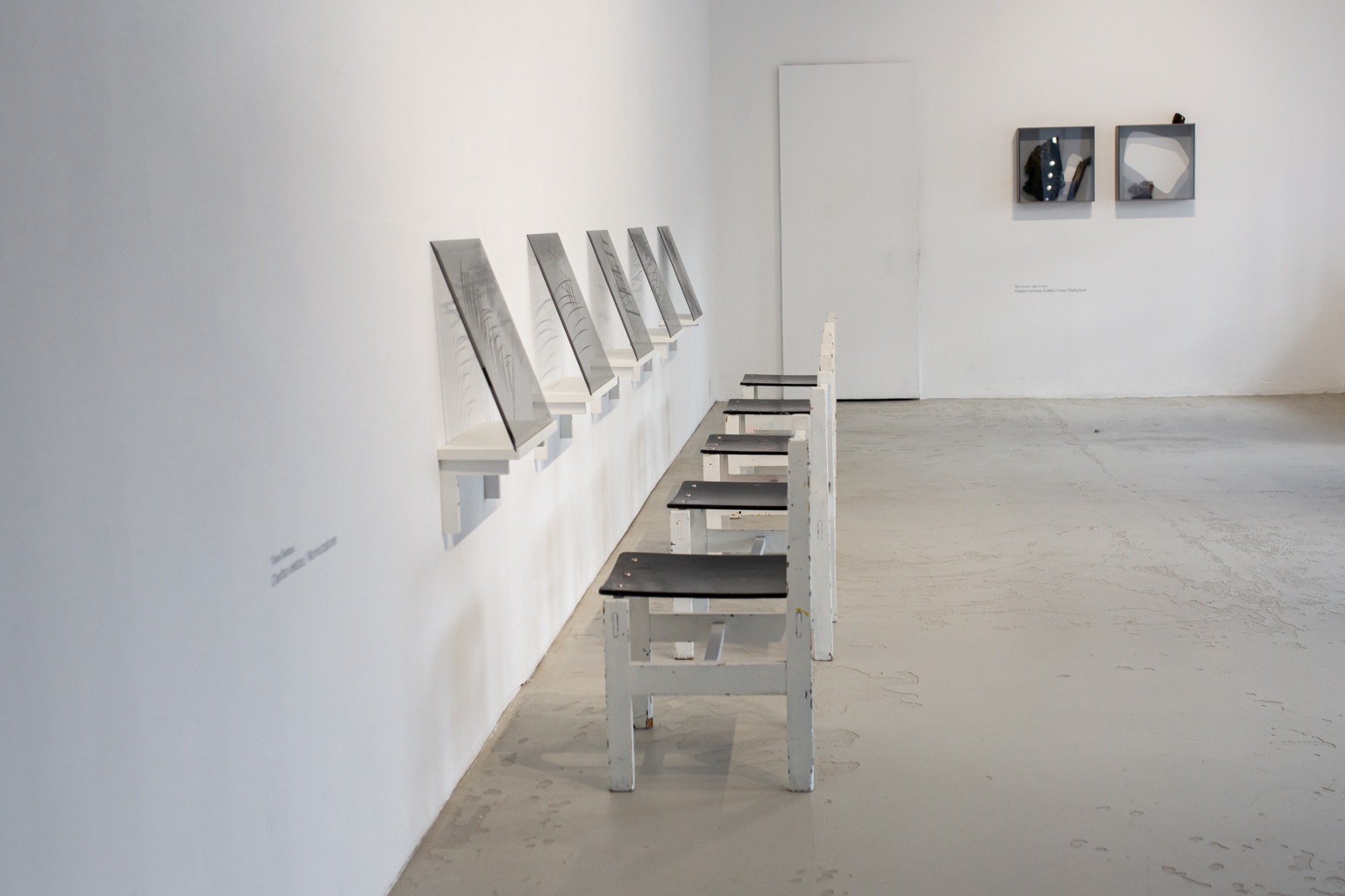
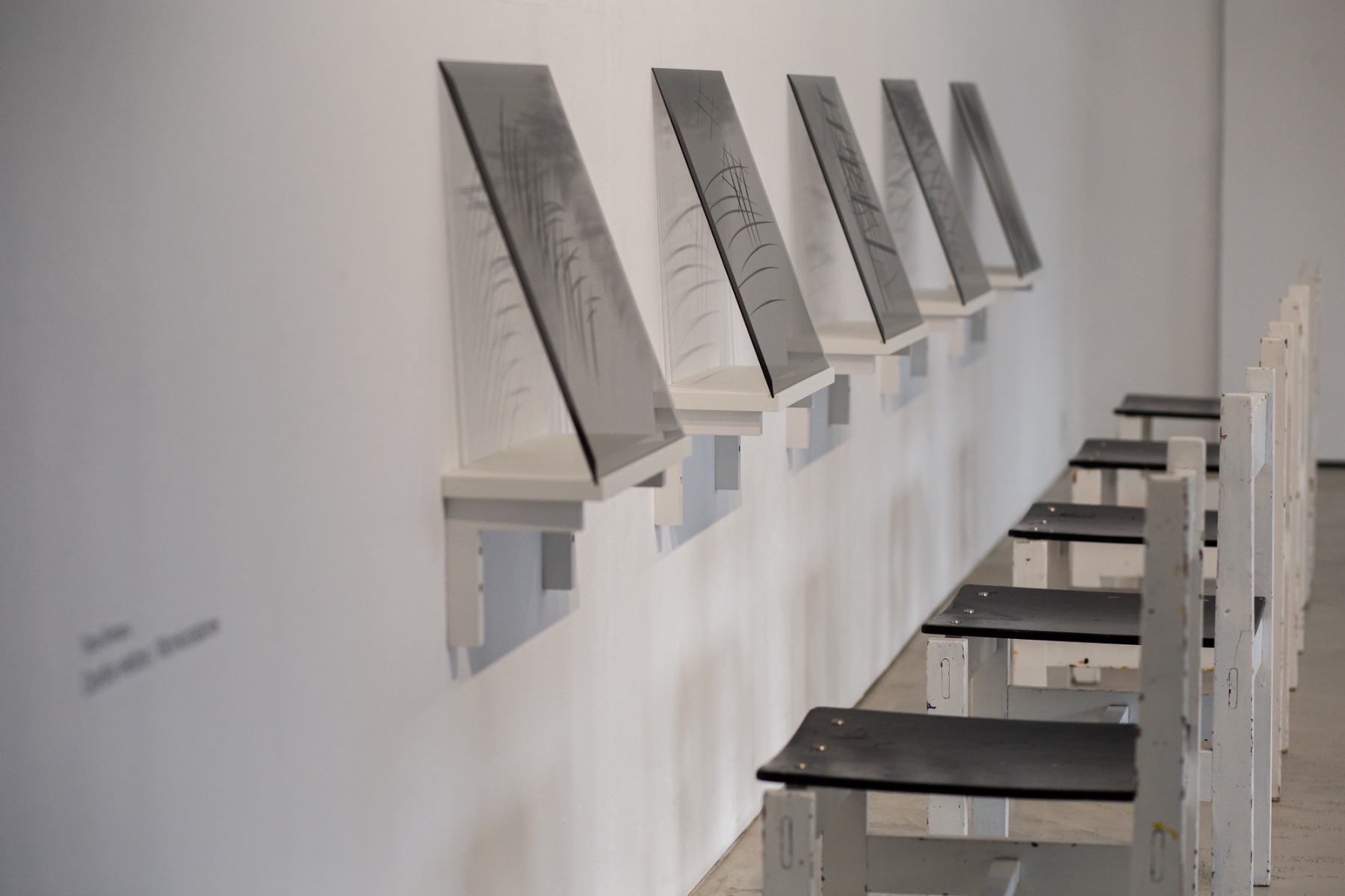
Dust has long been recognized as a potent symbol of forgetting, a reminder of the fleeting nature of time and the transience of human existence. In art and literature, it has been used to evoke a sense of melancholy and nostalgia, as well as to explore the hidden dimensions of everyday life. For glass artists, dust takes on a special significance. It is both a remnant of their work, a testament to their creativity and craftsmanship, and a veil that hides the transparency of the glass, obscuring its true beauty and fragility.
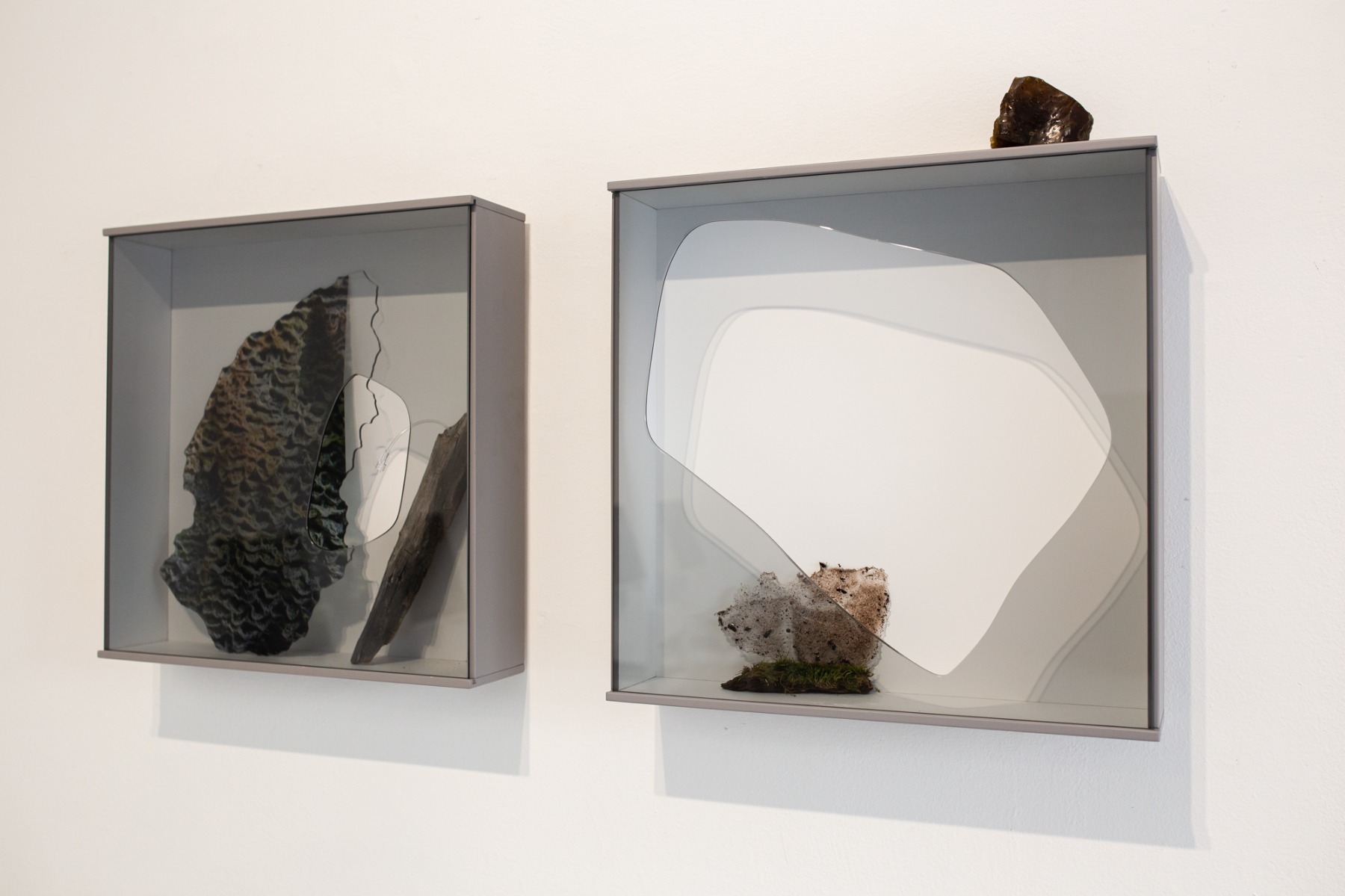

But dust is more than just a physical residue. It is a metaphor for the gradual erosion of memory and the gradual fading of our past. As we move through life, we accumulate experiences, relationships, and memories, but inevitably, some of these are lost or forgotten, buried under the layers of time and dust.
The exhibition delves into the theme of forgetfulness, exploring the forgotten spatial practices and places that we encounter in our daily lives. It examines the scattered images and half-remembered dreams that we carry with us, as well as the actions we take and the objects we collect, packing them away in boxes and drawers, perhaps never to be seen again.

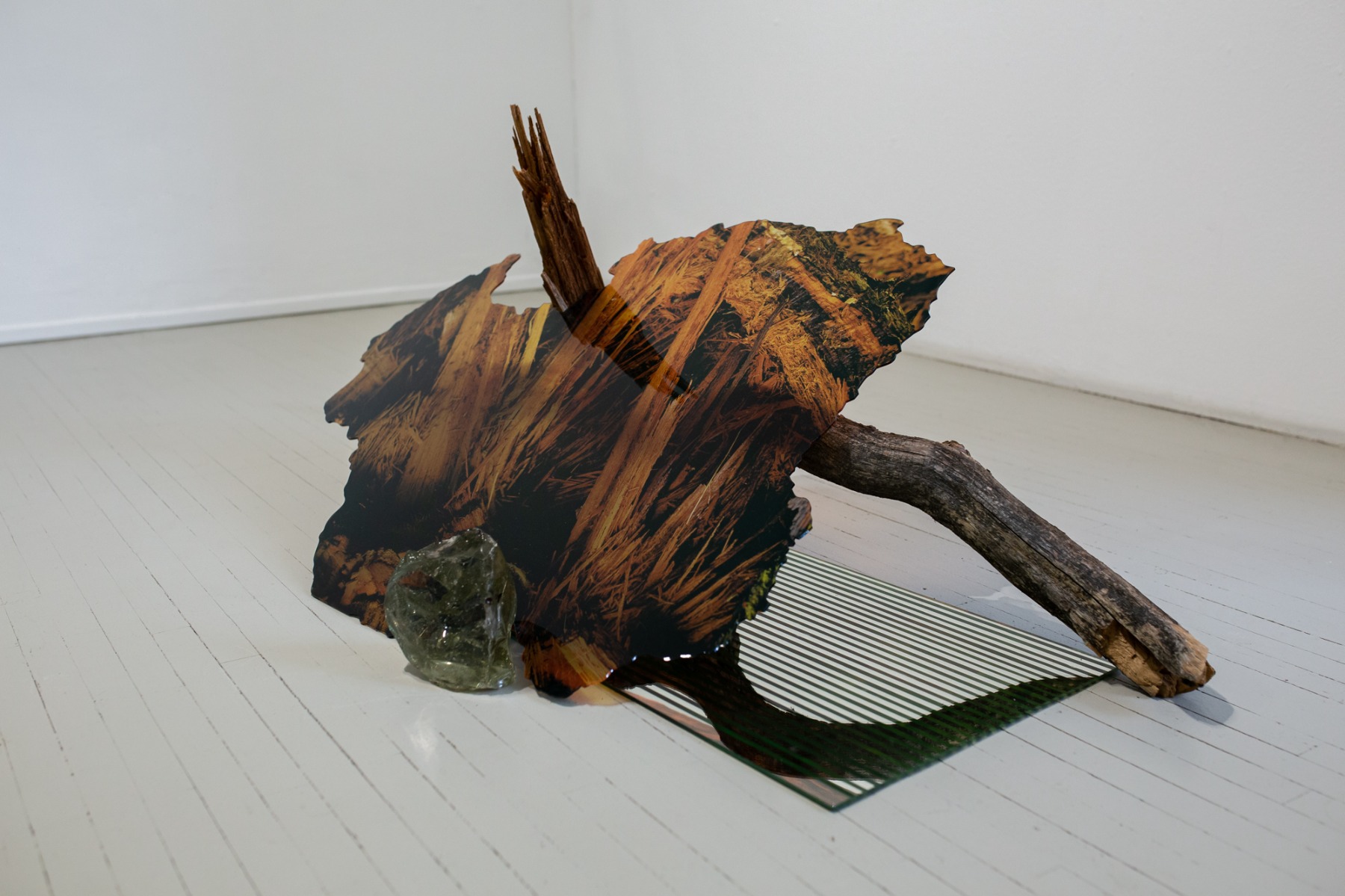

Pociūtė’s work explores the contradictions inherent in dust - on the one hand, it is a tiny remnant of the past, capable of recording the history of vanished nature or culture; on the other hand, it is a symbol of decay and oblivion. In her installations, Pociūtė creates capsules that store stories and objects, inviting us to consider whether they are time travellers from the past or the future.
By combining different materials in her installations, Pociūtė explores some of the most fundamental existential questions, such as the relationship between being and nothingness and the search for truth and illusion. Her video installation, shot in an oak park in Kaunas, highlights the park’s ability to preserve biodiversity by marking "dead" trees with numbers, revealing the lifeforms that thrive within them and the process of decay through the settling of dust on leaves and spider webs.
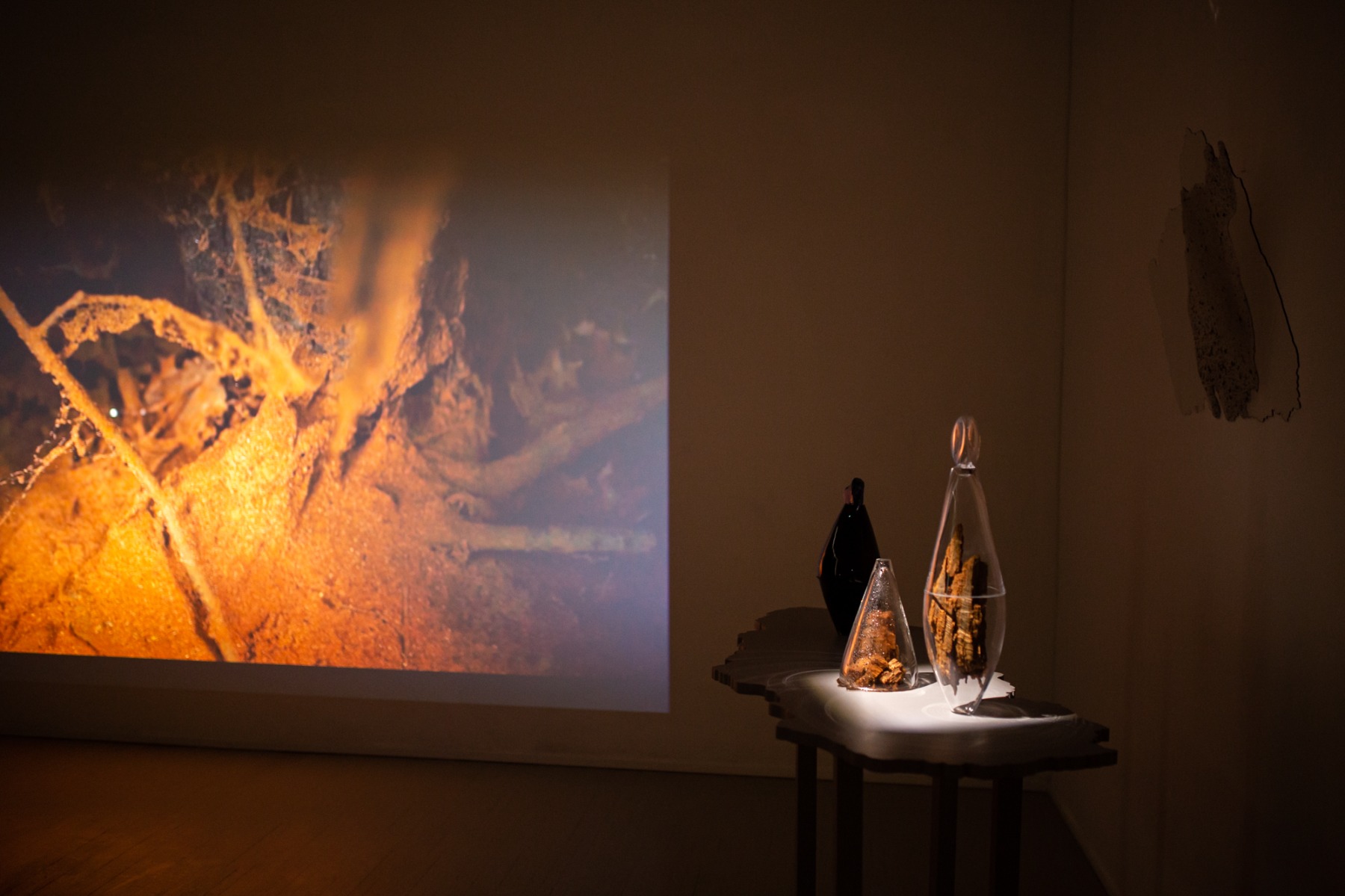
Sarapu’s art reflects on the journey of a person and where it leads, tracing the path from primeval nature through cultivated meadows to solar parks. She does this by constructing mirrors that cover structures reminiscent of historical forms of archaic wooden haystack holders that have disappeared from Estonian traditional landscapes in recent years. These structures now resemble the solar panels that have replaced them in the fields.

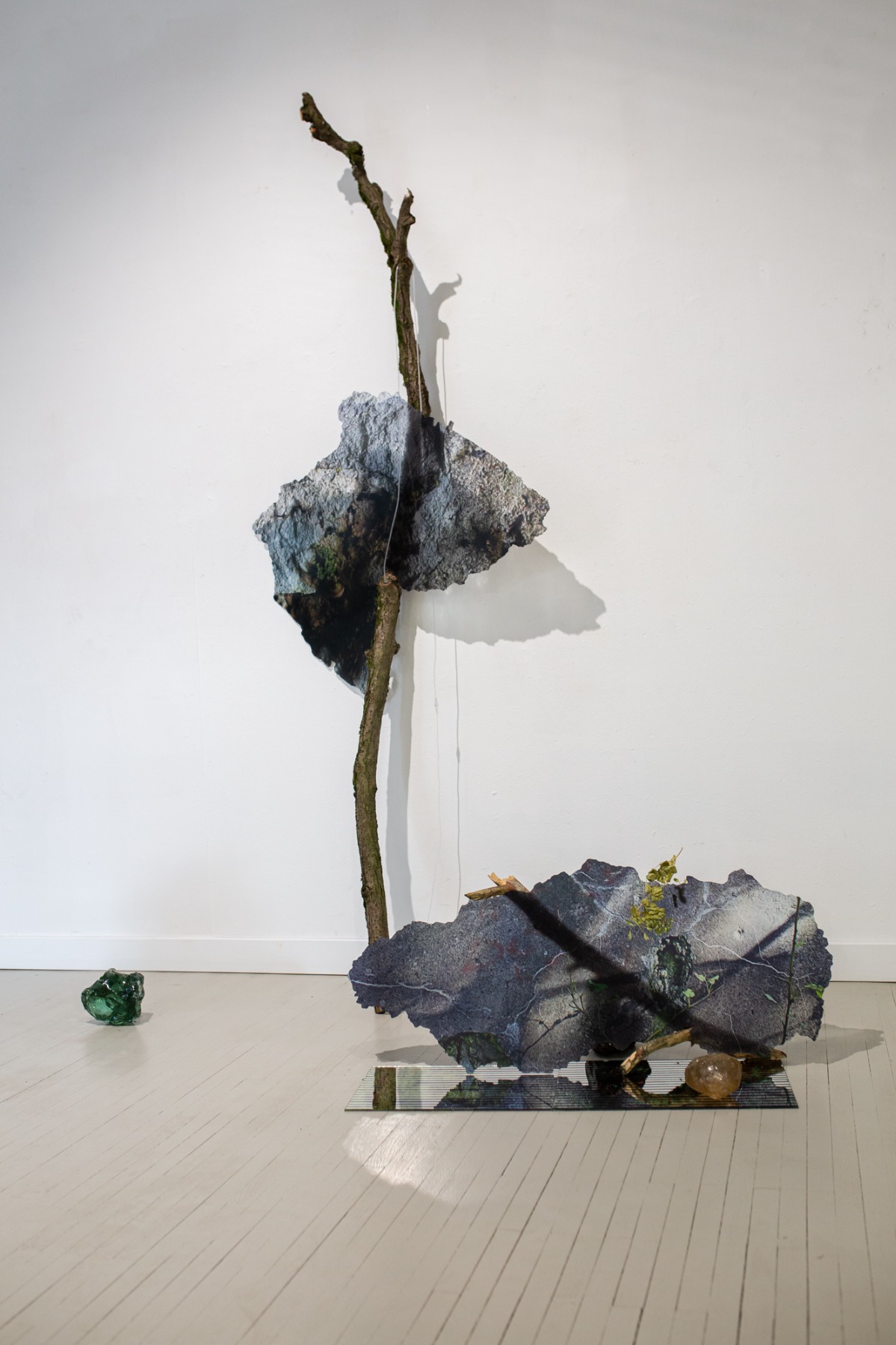
Sarapu’s work raises questions about the ecological impact of this shift from traditional agriculture to renewable energy sources. While solar energy is a nice renewable resource for creating electricity, Sarapu has conflicting feelings about it. The areas that could be used for agriculture and cattle rearing are now covered in metal, composite materials, and panels. The ladders for haystacks have disappeared, and wood has either decayed or been destroyed by fire. Sarapu wonders what will become of the solar panels and whether they are as ecological and easy to remove as haystacks.

Through her mirrors and structures, Sarapu encourages us to reflect on the impact of our choices and the consequences they have for the environment and our way of life.
Through their installations, the artists in this exhibition aim to re-evaluate the material reality of our world and to uncover the hidden meanings of the relationship between humanity and our environment. By using dust as a symbol of forgetting, they invite us to reflect on the fleeting nature of our existence and the importance of cherishing the moments and places that we too often take for granted.